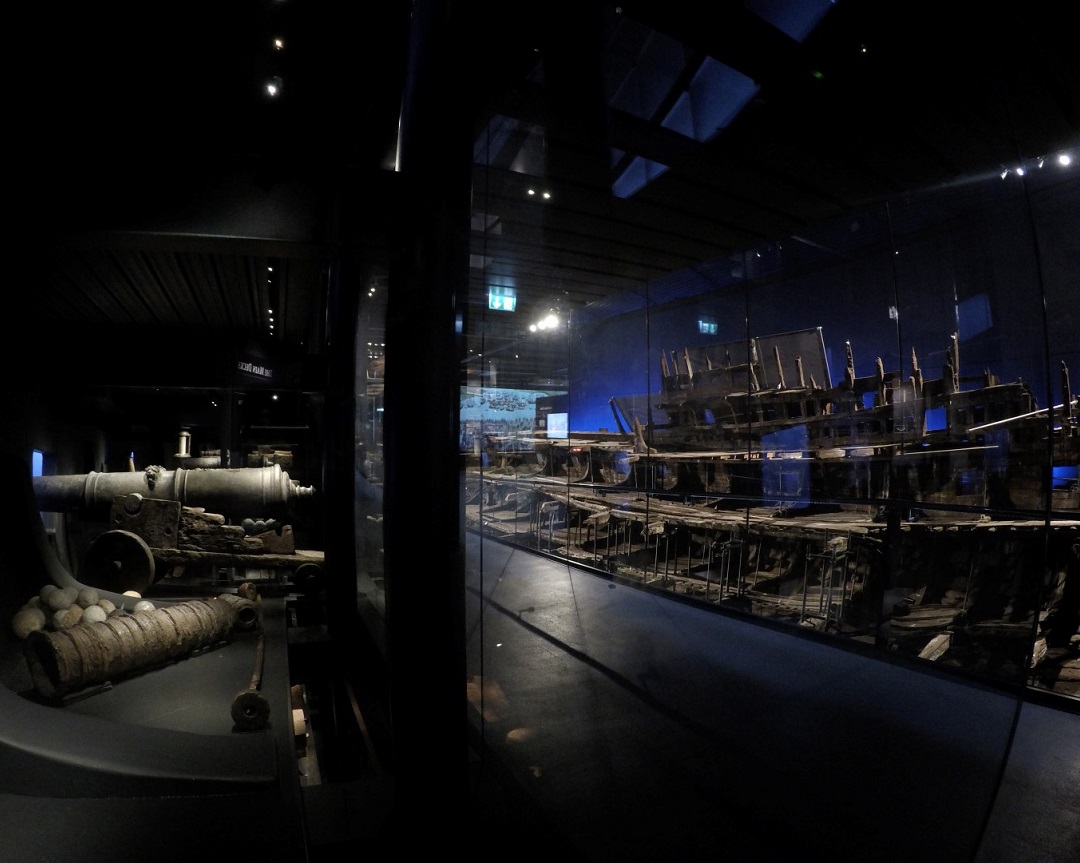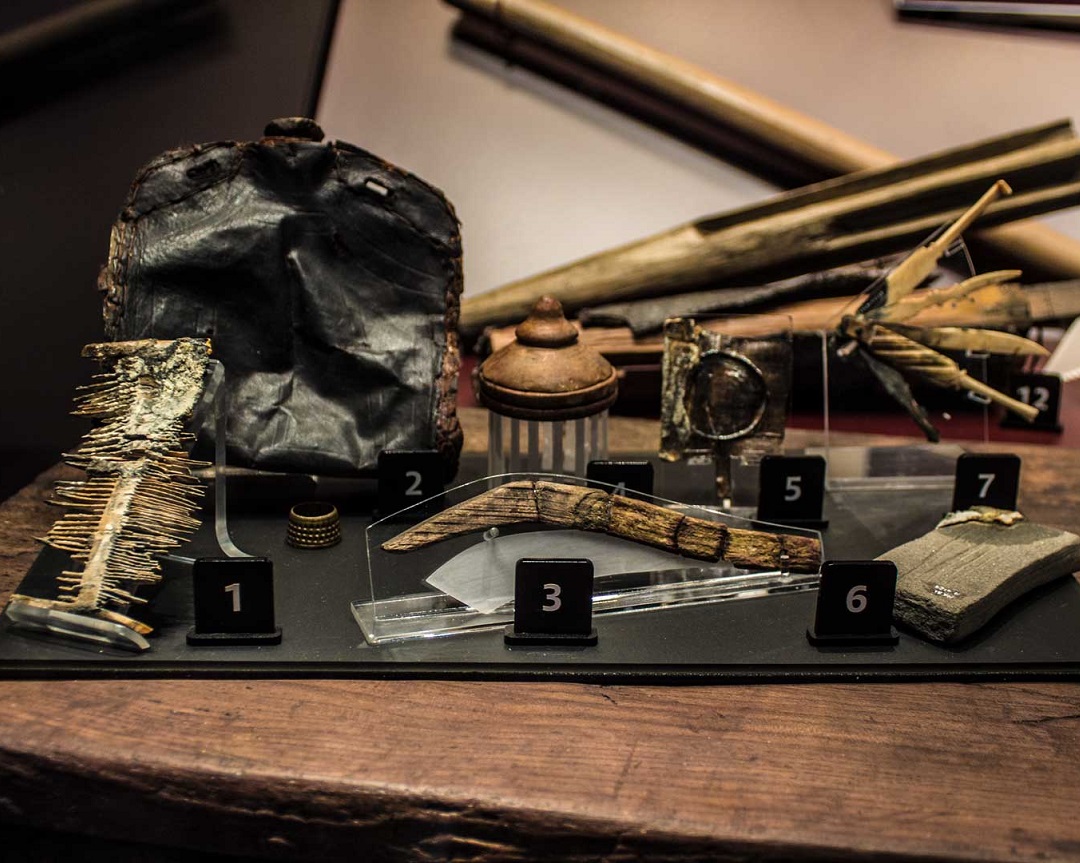Simon Clabby from The Mary Rose highlights some of the museum's other intriguing artefacts that visitors can see alongside the imposing ship.
To a lot of people, the Mary Rose is just a ship (well, half of one), but it is so much more than that…
The spotlight has always been on the Mary Rose herself, mainly due to the media spectacle that was her raising on 11th October 1982. Admittedly, the hull of the Mary Rose is pretty impressive now she’s upright, no longer under the constant mist of either water or Polyethylene Glycol (depending on your vintage), and well-lit behind floor-to-ceiling glass - but there is so much more to see.
.jpg)
The Mary Rose, contrary to popular myth, didn’t sink on her maiden voyage; she was built for Henry VIII in 1510, launched in 1511, then served for 34 years until sinking during an attempted invasion of England, when over 200 French ships turned up off the Isle of Wight (we won, by the way.)
Because of this, she wasn’t empty; she carried all the things you’d expect to find on a 16th century ship. There were the large guns - some made of iron, others of bronze - alongside smaller weapons, such as handguns, daggers and an awful lot of longbows. We also found traces of the rigging, and large amounts of anchor cable, the pitch coating still protecting it after 437 years – it even has the original smell!

We also found many of the crew’s tools of the trade, many of which haven’t changed much since. As well as the soldiers and gun crews, we found tools belonging to the carpenter, medical instruments from the surgeon and cooking utensils belonging to the cook. We also found gold and silver coins, so it’s good to know all these people were getting paid too!
But it wasn’t just work-related objects we found. Although space was obviously at a premium, the crew brought a lot of personal items on board with them. There are the obvious things, like tankards and bowls, shoes and clothing, but also some less-expected things, like shaving kits, manicure sets and tiny dice.

We also found over 80 nit combs – clearly a problem then as it can be in schools today!
.jpg)
Obviously, not all of it survived 437 years under the sea – many of the smaller iron objects rusted away, whilst cloth and wood was chewed on by shipworm and other sea life. However, enough of the ship was buried in mud to ensure lot of it did survive. This is why we have, alongside the large guns and anchors, many smaller delicate items, like brass aiglets (the things on the end of shoe laces, which are usually plastic these days), needles and thread, peppercorns, and even silk laces.
All these objects come together to help tell the story of the men who served on the Mary Rose, stories that weren’t recorded simply because they weren’t ‘important’, but we can recreate the lives of these people, bringing them back to life after 500 years.
19,000 objects were recovered from the Mary Rose, and many of them can be seen at The Mary Rose in Portsmouth’s historic dockyard, so before you dismiss it as just half a ship, remember that it’s much, much more.
You can buy tickets for The Mary Rose here.
Related
Comments
Comments are disabled for this post.

 to add an item to your Itinerary basket.
to add an item to your Itinerary basket.






Comment removed by Post Author
Comment removed by Post Author
Comment removed by Post Author
Comment removed by Post Author
Comment removed by Post Author
Comment removed by Post Author
Comment removed by Post Author
Comment removed by Post Author